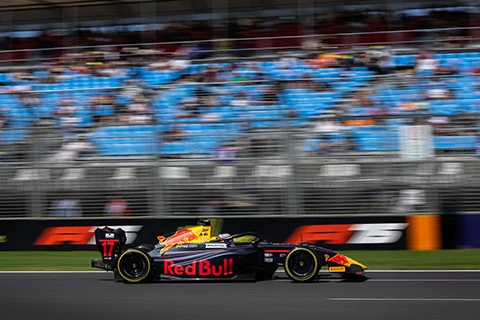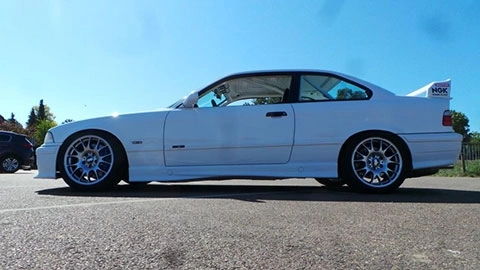‘WELL DRIVEN’ by James Ford: My top five diesel-powered vehicles
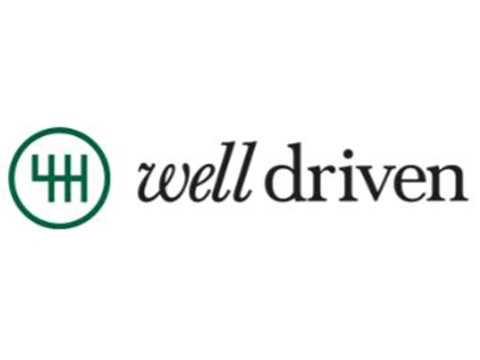
Even though sales of the diesel engines are decreasing, we still have a lot to be thankful for from these power plants. We’ve had a diesel Le Mans winner, land speed record cars and there are even diesel-powered drag cars. We’ve also had some fantastic road cars. The combination of great fuel economy and massive torque numbers have made for some truly brilliant passenger cars. Here is a list of my top five diesel-powered vehicles from the last few years:
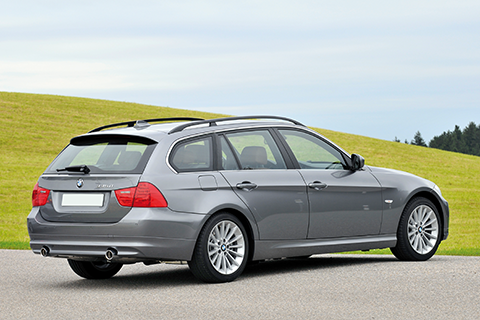
1. BMW 335d (E9X)
The BMW 335d of the mid-2000s was a truly great everyday car. The M57 engine is widely considered to be one of the best in BMW’s engine history. The turbocharged 3.0-litre straight-6 produced 210hp and 428lb-ft of torque and it pulled beautifully whilst also returning very handsome fuel economy. The high torque number meant that acceleration from 30mph-70mph was quicker than that of the 4.0-litre V8 petrol BMW M3.
The 335d was also the best all-rounder of BMW’s vehicle line-up at the time. It was smaller and lighter than the 5-series and 7-series, so felt quicker and more agile. What’s more, its Touring edition had a more useful load space than that of the X3 and X5, making it a hugely practical family car. It was also very comfortable and well-equipped, and it was very often the first choice for company car users and long-distance commuters.
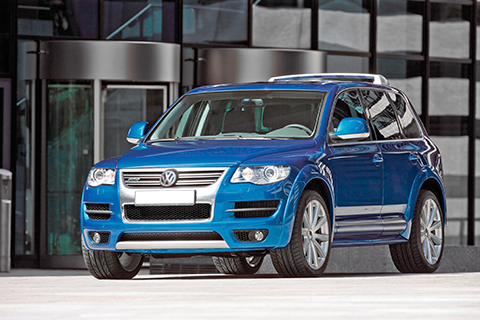
2. VW Touareg V10 R50
The Volkswagen Touareg V10 R50 must be one of the best examples of a manufacturer building something a little bit crazy just because they could. The original Touareg V10 was already more engine than most people needed in a mid-sized family SUV, and the R50 was faster and more powerful.
The enormous 5.0-litre V10 engine produces 350hp, which is not exactly supercar beating, and Porsche and Mercedes-Benz had SUVs with a higher output from the Cayenne Turbo and G55 AMG, but it was the torque figure that stood out the most in this particular vehicle. The torque output was a staggering 627lb-ft which gave the SUV incredible towing power. When Volkswagen launched the R50, they demonstrated this impressive capability by using it to tow a 155-tonne Boeing 747 Jumbo Jet.
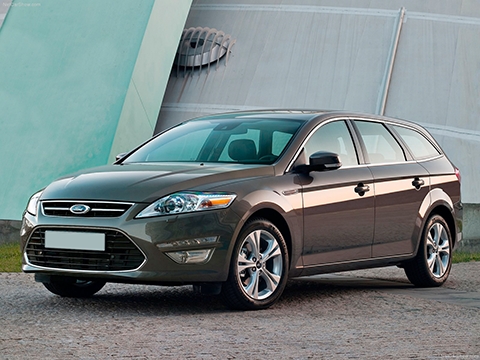
3. Ford Mondeo
The Mondeo had some tough competition with BMW 3-series and Mercedes-Benz C-class, and even though it could not compete with the prestige of the German counterparts, it did have an ace up its sleeve, and that was mainly its practicality. Although most modern cars are larger in size to their previous generations, luggage and interior space in general seems to have been reduced quite significantly in a lot of vehicles. With its flat boot entry and fully collapsible rear seats, however, the Mondeo Estate was an exception, offering one of the largest load spaces in its class. It also came very well-equipped with simple and easy to understand trim levels, and it also had great engine choices.
The diesel engine used in the Mondeo was the Ford Duratorq engine which has been used in millions of vehicles for a wide variety of applications. From the trusty London Black Cab to the rugged Land Rover Defender and more importantly, it was used in the Ford Transit van. The 2.2-litre engine was the most powerful in the range, with an output of 173hp and 295lb-ft of torque. This, coupled with the new electro-hydraulic steering system, made the Mondeo a perhaps surprisingly good driver's car offering a dynamic feel with great road presence along with good engine torque and economy.
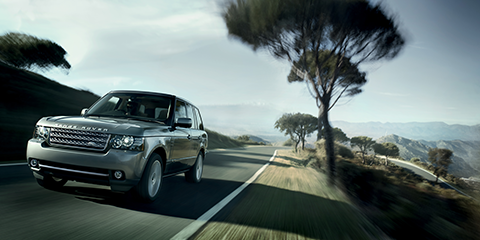
4. Range Rover 3.6 TDV8
The Range Rover is widely considered to be one of the best SUVs available, but it has come with its fair share of reliability issues over the years with a lot of them emanating from under the bonnet. The early third generation Range Rovers were fitted with the 3.0-litre BMW-derived Td6 engine and even though the engine itself wasn’t unreliable, the GM gearbox it was mated to was highly problematic. The Td6 engine was also very underpowered and felt quite agricultural for a car designed to be so refined and luxurious.
In 2007 a new diesel engine was introduced in the form of the Ford ‘Lion’ 3.6-litre TDV8 that was coupled to a much more reliable ZF 6-speed automatic transmission. The new pairing was a necessary and highly-celebrated improvement to the Range Rover, and it was finally the engine and transmission the sumptuous SUV deserved. Power output jumped by nearly 100hp to 272hp which gave the car a whole new dynamic both on and off the road. The TDV8 L322 Range Rover is considered by many to be the best luxury 4x4 in the world.
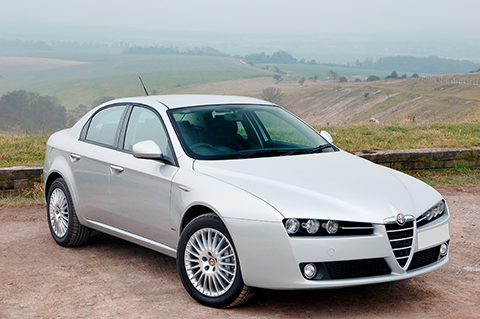
5. Alfa 159 JDTM
They say you’re not a true ‘petrolhead’ until you’ve owned an Alfa Romeo, but what a lot of people don’t realise is that Alfa’s JTDM engine is also a bit of a triumph and the 159 must be one of the prettiest and best cars it was used in. Where other manufacturers went for substance in their sales pitch, Alfa went straight for style and won, hands down. The 159 was a beautiful car to look at and it was even better to sit in. The interior was simple but stylish with comfortable seating and ample space.
The JTDM engine choices started at a 1.9-litre engine that produced 118hp and ranged all the way up to a 2.4-litre unit with 210hp, but it was the 2.0-litre 16v engine that was the most popular and best all-rounder. The inline-four power plant produced 168hp with 266lb-ft of torque, which gave the 159 plenty of power whilst returning the best mpg in the range at 55mpg. The JDTM engine may not be considered to be a ‘proper’ Alfa engine by true purists, but it does have a lot going for it – with the most important factor being reliability. Engine issues have plagued Alfas for decades, but the more reliable diesel engines gave buyers a bit more security when looking to buy one of these utterly beautiful cars.
While the golden age of these vehicles may be coming to an end, the diesel engine is a workhorse that still provides many benefits to drivers and will continue to do so in the many years to come. Join me soon for my next NGK SPARK PLUG blog, where I will discuss more of my favourite types of cars!

